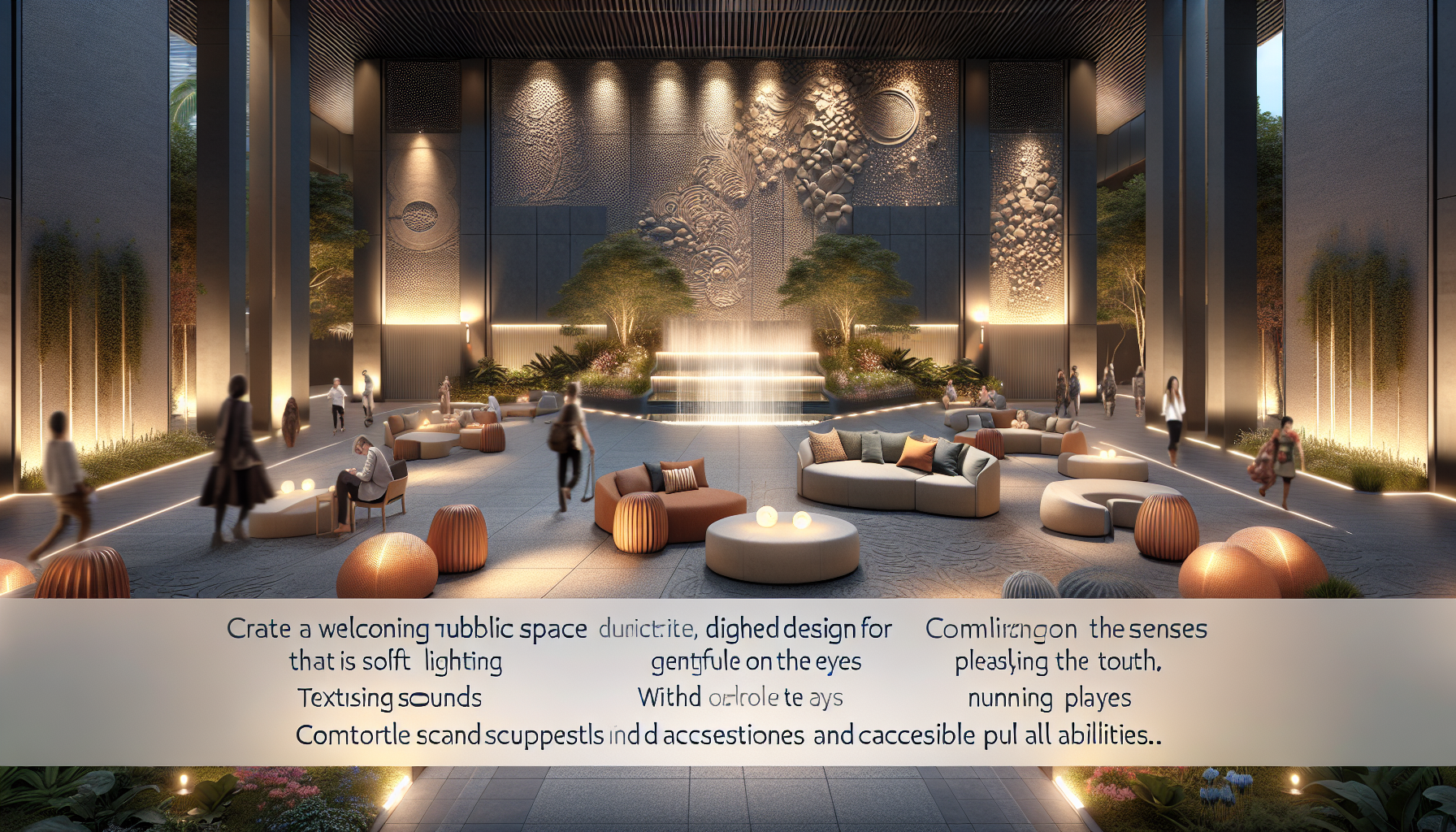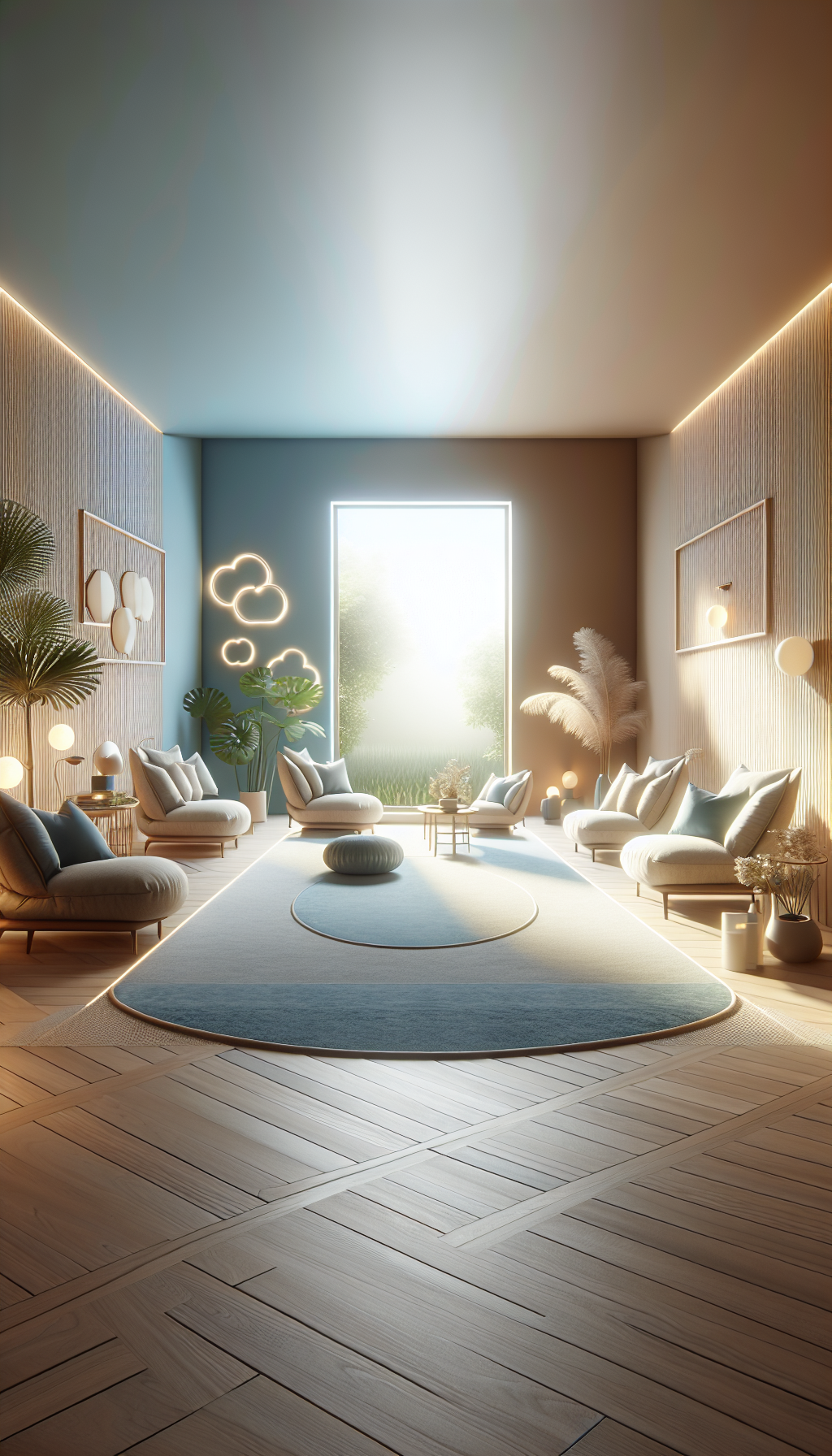In an increasingly bustling world, the importance of creating sensory-friendly environments has become paramount, especially when designing public infrastructure. Sensory friendly design caters to individuals with sensory processing sensitivities, including those on the autism spectrum, with ADHD, sensory processing disorder, and even the elderly. It aims to create spaces that are less overwhelming and more inclusive, improving access and comfort for everyone.
The Need for Sensory Friendly Design
Sensory processing issues can profoundly affect an individual’s ability to participate in daily activities. Public spaces that do not account for these can inadvertently exclude or disadvantage certain groups. By incorporating sensory-friendly elements into public infrastructure, we can foster environments where individuals with sensory sensitivities can thrive.
For those interested in understanding the broader context of sensory health and its implications, Sensory Health offers invaluable insights and resources.
Principles of Sensory Friendly Design
Creating a sensory-friendly space involves understanding and implementing several key design principles:
Minimize Overstimulation
Overstimulation occurs when a person experiences more sensory input than they can process. To minimize this, designers can use muted colors, create quiet zones, and ensure there is ample personal space to prevent crowding.
Provide Sensory Break Areas
Sensory break areas are quiet, private spaces where individuals can retreat to reduce sensory input. They should be easily accessible and could include features like soft lighting, comfortable seating, and calming visuals.
Offer Choice and Control
Allowing individuals to control their sensory experience can significantly reduce stress. This might include adjustable lighting, volume control in multimedia installations, or the option to experience a space without background music.
Ensure Predictability
Routine and predictability can be comforting. Using clear signage, offering maps, and maintaining consistent design themes can make public spaces more navigable and reassuring.
Use Natural Elements
Incorporating natural elements like plants, water features, or natural light can have a calming effect and enhance the sensory experience in a positive way.
Implementing Sensory Friendly Features in Public Infrastructure
Public infrastructure encompasses a variety of settings, including transportation hubs, parks, libraries, and government buildings. Each of these environments can be optimized for sensory friendliness.
Transportation Hubs
Airports, train stations, and bus terminals can be particularly stressful. To alleviate this, consider installing noise-canceling panels, providing clear digital displays for information, and designing seating that allows for personal space.
Parks and Recreation
Parks should offer areas with reduced noise and softer ground coverings. Play equipment can be adapted to be less overwhelming and more inclusive, with options for different sensory preferences.
Libraries and Educational Facilities
Libraries can incorporate sensory-friendly reading nooks, use shelf arrangements to create smaller, less overwhelming spaces, and offer resources like noise-canceling headphones.
Government Buildings
Government buildings can benefit from sensory-friendly design by streamlining queues, providing seating that minimizes sensory input, and using softer, natural lighting where possible.
Sensory Friendly Design in Practice
Several resources and examples of sensory-friendly design can serve as inspiration. For instance, the Sensory Design Guide by the University of Salford provides practical advice on creating inclusive environments. The Autism-Friendly Design Guide by the National Autistic Society offers specific recommendations for catering to individuals on the autism spectrum.
Leveraging Technology for Sensory Friendly Environments
The use of technology can greatly enhance the sensory friendliness of a space. Apps that provide virtual tours can help users familiarize themselves with a space before visiting, reducing anxiety associated with unpredictability. Sound masking systems and smart lighting that adjusts to the time of day are other examples of how technology can be used to create more comfortable environments.
Case Studies and Further Reading
Real-world examples provide valuable insights into the successful implementation of sensory-friendly design. Those interested in exploring this further may find the following articles from Avix Health informative:
- Evaluating the Effectiveness of Sensory Rooms in Educational Institutions dives into how sensory rooms can support learning and development.
- Creating Sensory Friendly Classroom Settings for Diverse Learners outlines strategies for inclusive education.
- Addressing Sensory Overload in the Modern Workplace discusses how to adapt work environments to reduce sensory challenges.
For those looking to delve deeper into academic research on sensory design, the International Journal of Design publishes peer-reviewed articles that cover various aspects of design, including sensory considerations.
Conclusion
Designing sensory-friendly public infrastructure is not just about inclusivity; it’s about creating environments that cater to the well-being of all individuals. With the right approach, it is possible to design public spaces that are welcoming, comfortable, and accessible for everyone. As our understanding of sensory processing grows, so too will the opportunities to innovate and improve our public infrastructures, making them truly sensory-friendly for future generations.
By considering the diverse sensory needs of individuals and implementing thoughtful design strategies, we can build a more inclusive society that recognizes the importance of sensory health and well-being.



